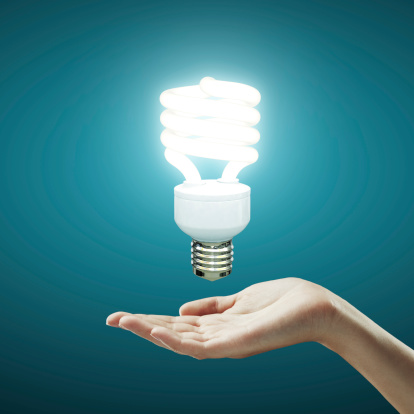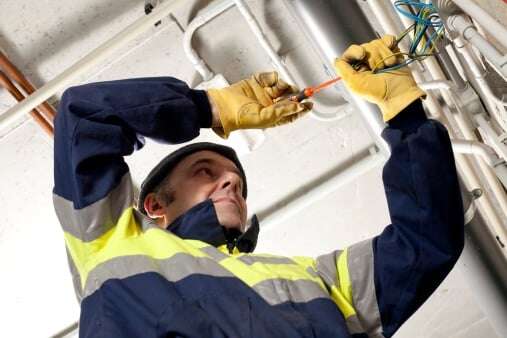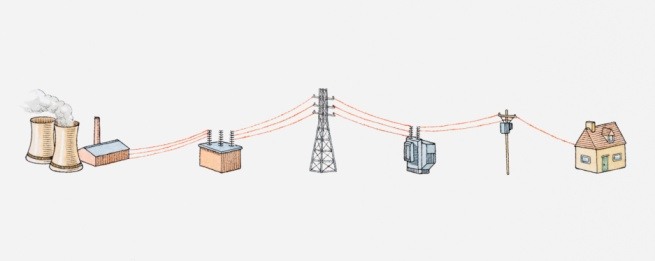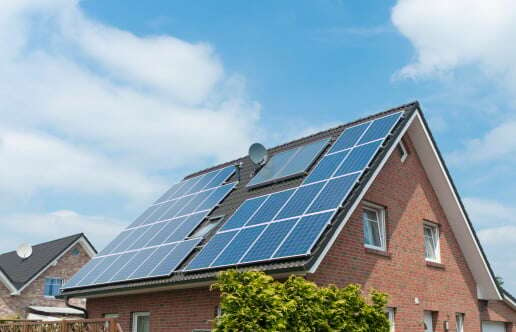 Scientists are trained at an early age to understand that their discoveries and inventions are merely placeholders in time – that where they leave off, someone else will surely pick up and improve.
Scientists are trained at an early age to understand that their discoveries and inventions are merely placeholders in time – that where they leave off, someone else will surely pick up and improve.
But still. Isn't it fun to imagine the euphoria that Thomas Edison would have surely felt if he knew that the incandescent electric light bulb that he invented at the end of the 19th century would literally light up the world for more than 100 years?
As a scientist, he would know that some day, his life-altering invention would be replaced with something new and more efficient. And now that “some day” has come with compact fluorescent light bulbs (abbreviated as CFLs).
It's no accident that you've been seeing more of these spiral-shaped bulbs in stores; in 2007, the Energy Independence and Security Act decreed that all light bulbs sold in U.S. stores demonstrate a 30 percent increase in efficiency by the end of 2014.
The efficientcy of CFLs
While you may have some incandescent bulbs lying around, once they're gone, they will be gone forever. And you probably won't mourn their inefficiency; since about 90 percent of the energy produced in the bulbs is actually heat instead of light, they are huge energy wasters. While they generally last about 1,500 hours, this is still only a fraction of the lifespan of CFLs. These are lit by an electric current sent through a tube that contains argon and a small amount of mercury gases. These gases generate invisible ultraviolet light, which commingles with a fluorescent coating on the inside of the tube to produce light.
In the end, the U.S. Department of Energy and the U.S. Environmental Protection Agency say that CFLs produce 75 percent less heat, consume 75 percent less energy and last about 10 times longer than most incandescent bulbs.
This is not to say that CFLs are perfect. So as you make the transition from incandescent to fluorescent light bulbs, a local electrician is here to help yout understand the other advantages and some of the disadvantages of this relatively new bulb, which will be lighting up your world for the foreseeable future.
Advantage of CFLs include:
- They screw right into lamps and any other fixture that accepts standard light bulbs. You might already know this, but many people don't. In fact, some research shows that consumers are avoiding CFLs because they assume the unusual shape of the bulb translates to the base, too.
- They are available in different colors, though you might have to search a bit to find them.
Disadvantages of CFLs include:
As impressive as some of these features are, CFLs carry some nuances that might require some getting used to. For example, they:
- Require special disposal care since they contain a small amount of mercury. Ideally, these bulbs should be taken to a special recycling center.
- Cost a little more upfront than incandescents, but you should easily recoup the difference with their longevity.
- Do not function well on remote and dimmer switches – at least for now. Improvements are actively taking place, so check your favorite store regularly for updates.
- Often take longer to fully “power up.” Depending on the bulb, a CFL can take several minutes to reach full brightness.
- Can deliver diminished efficiency if they're turned on and off frequently.
Since CFLs are about four times more efficient than standard incandescents, figure that you will need a 15-watt CFL to replace a 60-watt incandescent bulb. You're bound to encounter other transitional issues as you segue to CFLs. In this case, don't hesitate to reach out to a Chico area local electrician at Experts In Your Home; we'll be delighted to light your way.








